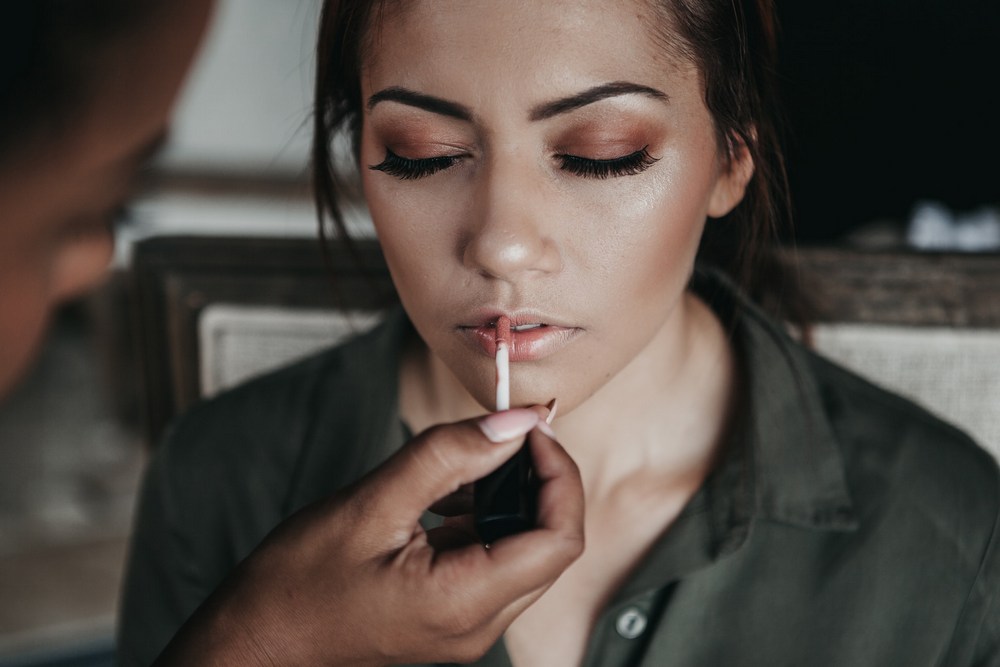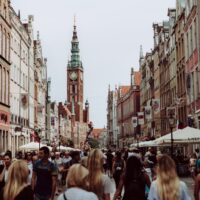Lipstick has long been a staple in the beauty routines of individuals across the globe. It is not just a cosmetic product; it represents a blend of history, culture, and science. The fascinating world of lipstick is filled with rich stories and remarkable advancements that highlight its significance beyond mere aesthetic appeal. In this article, we will delve into the history and evolution of lipstick, explore the intricate art and science behind its formulation, understand its cultural significance around the world, and examine the latest trends and innovations shaping the modern era of lipstick.
The History and Evolution of Lipstick
Lipstick’s journey through time is as colorful as the hues it offers. The origins of lipstick can be traced back to ancient civilizations. In Mesopotamia, around 5,000 years ago, women used crushed gemstones to adorn their lips. The Egyptians further advanced the art of lip coloring, using red ochre, a type of clay, mixed with water to create a vivid red hue. Cleopatra, one of the most famous figures of ancient Egypt, was known for her elaborate beauty rituals, including the use of crushed beetles and ants to achieve her signature red lips.
Throughout history, lipstick has seen various transformations. During the Renaissance, it became a symbol of status among European aristocrats. However, its popularity waned during the 19th century in England due to Queen Victoria’s declaration that makeup was vulgar and inappropriate. The early 20th century saw a resurgence in lipstick usage, thanks to the film industry. Silent film actresses popularized bold lip colors, which helped shape modern perceptions of beauty.
The evolution of lipstick continued with the invention of the swivel-up tube in 1923, making it more accessible and convenient for women to carry and apply. This innovation marked the beginning of lipstick as a daily essential for many. The 1940s and 50s saw the rise of iconic brands like Elizabeth Arden and Estée Lauder, who introduced a variety of shades and formulations, solidifying lipstick’s place in the beauty market.
The Art and Science Behind Lipstick Formulation
Creating a perfect lipstick involves a delicate balance of art and science. The formulation process begins with selecting the right combination of waxes, oils, and pigments. Each component plays a crucial role in determining the texture, color payoff, and longevity of the product. Waxes, such as beeswax, carnauba, and candelilla, provide structure and stability to the lipstick, ensuring it retains its shape and withstands various temperatures.
Oils, like castor oil, jojoba oil, and lanolin, are added to impart smoothness and hydration, making the application comfortable and preventing the lips from drying out. The choice of pigments is where the artistry truly shines. From natural dyes to synthetic colorants, the options are vast. The formulation must ensure that the pigment is evenly distributed throughout the base, offering consistent color with each swipe.
Modern lipstick formulations often include additional ingredients like vitamins, antioxidants, and SPF to enhance the product’s benefits. These elements contribute to lip health, providing nourishment and protection against environmental factors. The development of long-wear formulas and matte finishes has further revolutionized the industry, catering to diverse preferences and needs.
Cultural Significance of Lipstick Around the World
Lipstick holds different meanings across various cultures, often symbolizing more than just a beauty product. In ancient Japan, geishas used a mixture of crushed safflower petals and wax to create a distinctive red lip, signifying grace and elegance. In India, the tradition of applying sindoor, a red or orange powder, on the lips and parting of the hair, carries deep cultural and religious significance.
In the West, lipstick has been both a symbol of rebellion and empowerment. The suffragettes of the early 20th century wore bright red lipstick as a mark of defiance against societal norms. During World War II, red lipstick became a patriotic statement, with women donning it as a symbol of resilience and support for the troops.
In contemporary times, lipstick continues to be a powerful tool for self-expression. From bold reds to unconventional blues and blacks, it allows individuals to convey their personality and mood. It also plays a role in various cultural celebrations and rituals, from weddings to festivals, highlighting its enduring significance.
Lipstick Trends and Innovations in the Modern Era
The modern era of lipstick is characterized by constant innovation and ever-changing trends. Brands are continually experimenting with new formulations and packaging to meet the evolving demands of consumers. Here are some notable trends and innovations:
- Sustainable Packaging: With growing environmental consciousness, brands are shifting towards eco-friendly packaging solutions, such as recyclable and refillable lipstick tubes.
- Clean Beauty: There is an increasing demand for lipstick products free from harmful chemicals and synthetic ingredients. Consumers are opting for clean beauty options that are both safe and effective.
- Hybrid Products: The line between skincare and makeup is blurring, leading to the development of hybrid products like tinted lip balms and lipsticks infused with skincare benefits.
- Bold Colors and Unique Finishes: From holographic and metallic finishes to vibrant neon shades, the trend for bold and unique lip colors is on the rise.
The fascinating world of lipstick continues to captivate and inspire, reflecting the diverse and dynamic nature of beauty itself. As we move forward, the innovations and cultural shifts surrounding lipstick will undoubtedly shape its future, making it an enduring symbol of style and self-expression.









